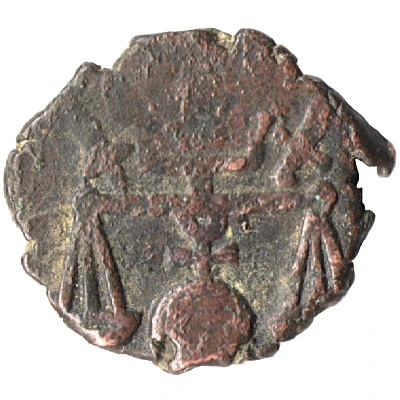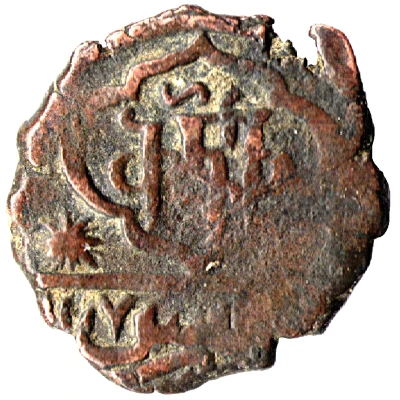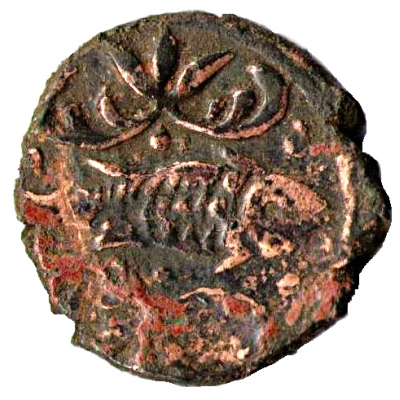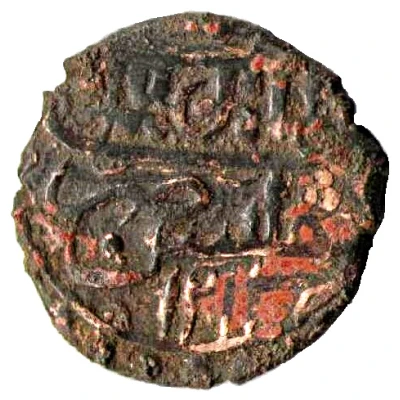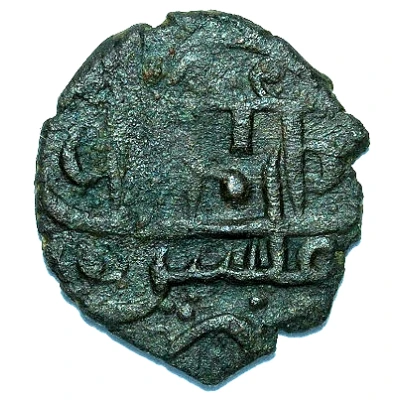
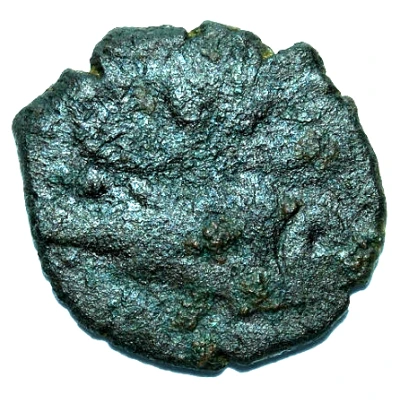

Obverse © Pavle Chumburide – Reverse © Pavle Chumburidze
Puli - Heraclius II
1190 (1776) year| Copper | 2.64 g | 19 mm |
| Issuer | Georgia › Kingdom of Kartli-Kakheti (1762-1801) |
|---|---|
| King | Heraclius II (ერეკლე II) (1762-1798) |
| Type | Standard circulation coin |
| Year | 1190 (1776) |
| Calendar | Islamic (Hijri) |
| Value | ¼ Bisti (1⁄40) |
| Currency | Abazi (-1801) |
| Composition | Copper |
| Weight | 2.64 g |
| Diameter | 19 mm |
| Thickness | 1 mm |
| Shape | Round |
| Demonetized | Yes |
| Updated | 2024-10-04 |
| Numista | N#97680 |
|---|---|
| Rarity index | 92% |
Reverse
Fish.
Interesting fact
The Puli coin was issued during the reign of King Heraclius II of Georgia, who ruled from 1762 to 1801. During his reign, he implemented several reforms, including the introduction of a new currency, which included the Puli coin. The coin was made of copper and had a unique design, featuring the king's name and title in Georgian script on one side and a depiction of a lion on the other. The Puli coin was used throughout the Kingdom of Kartli-Kakheti and was an important part of the country's economy during that time.
